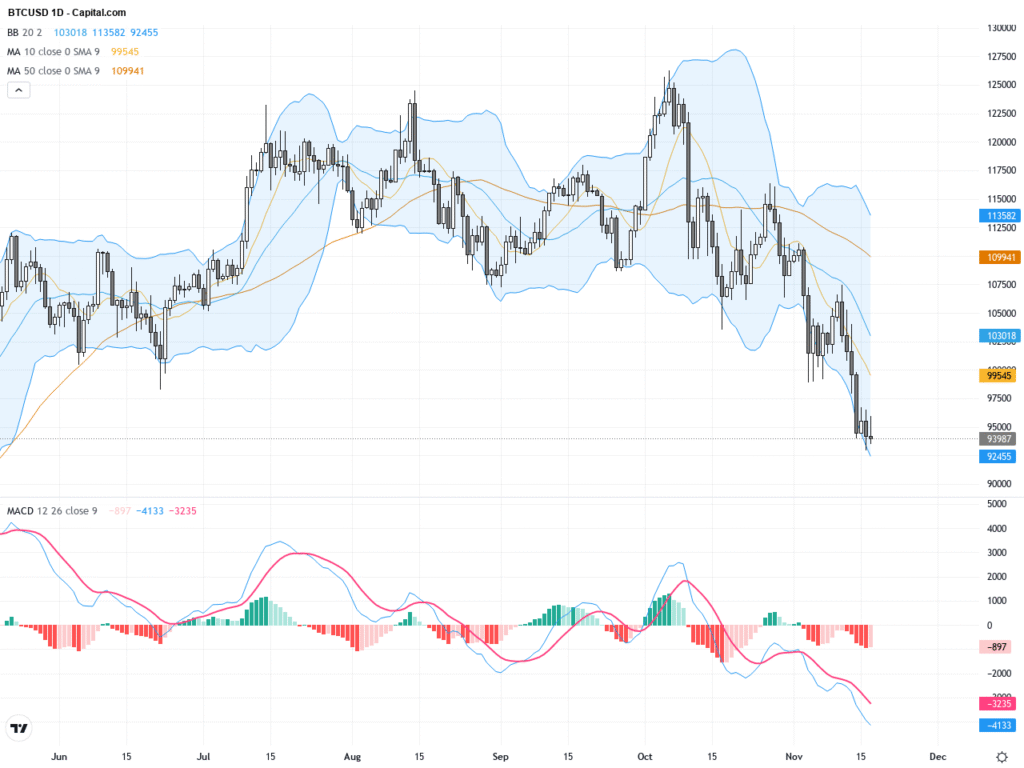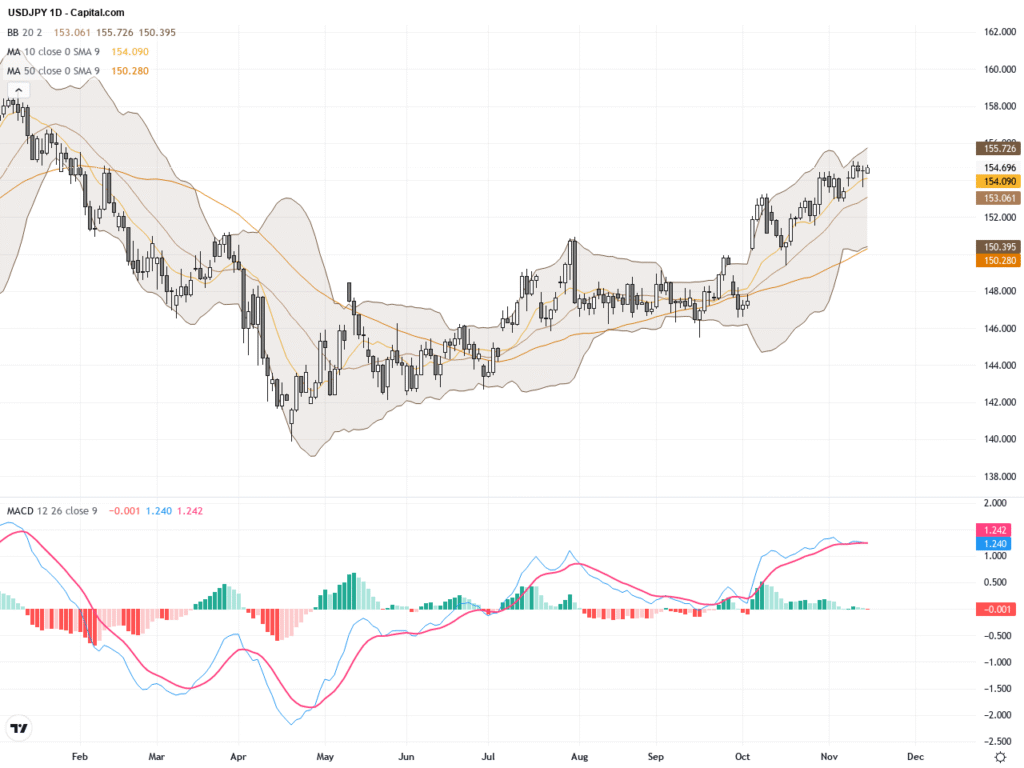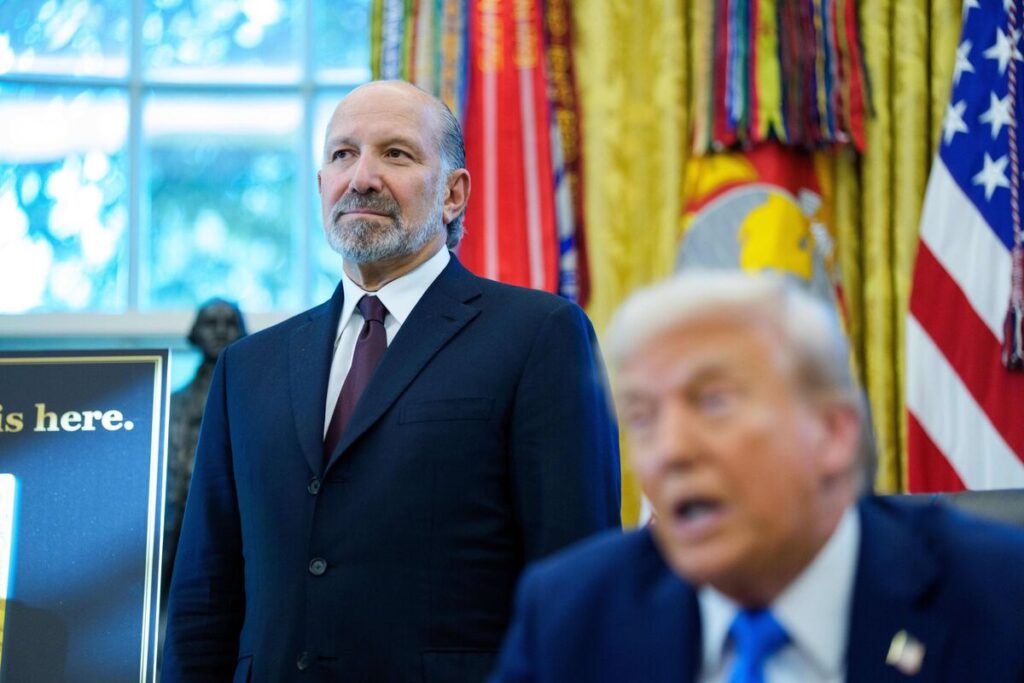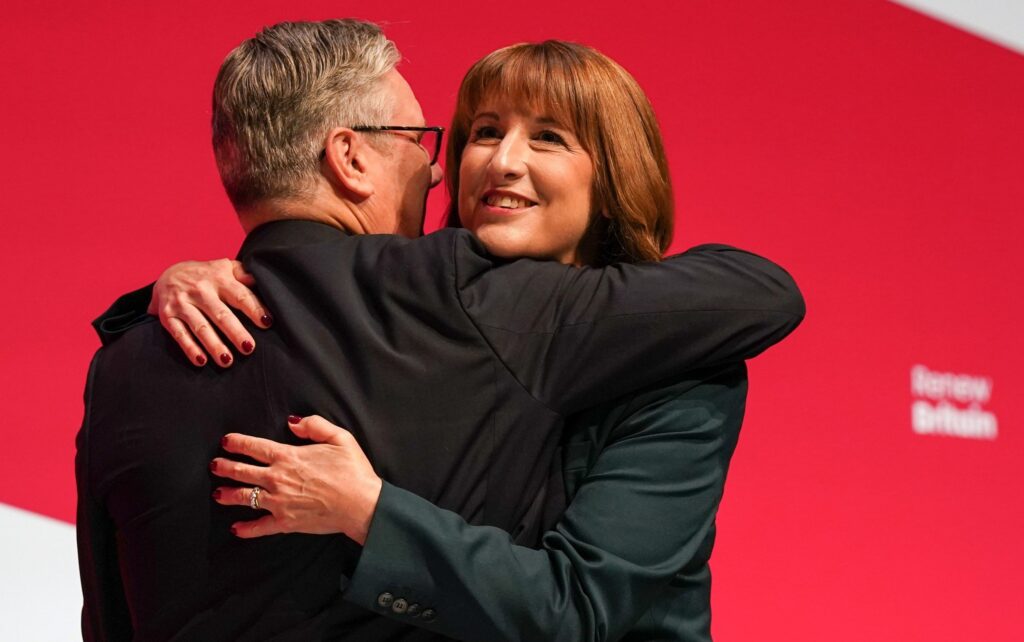 |
| Gold V.1.3.1 signal Telegram Channel (English) |
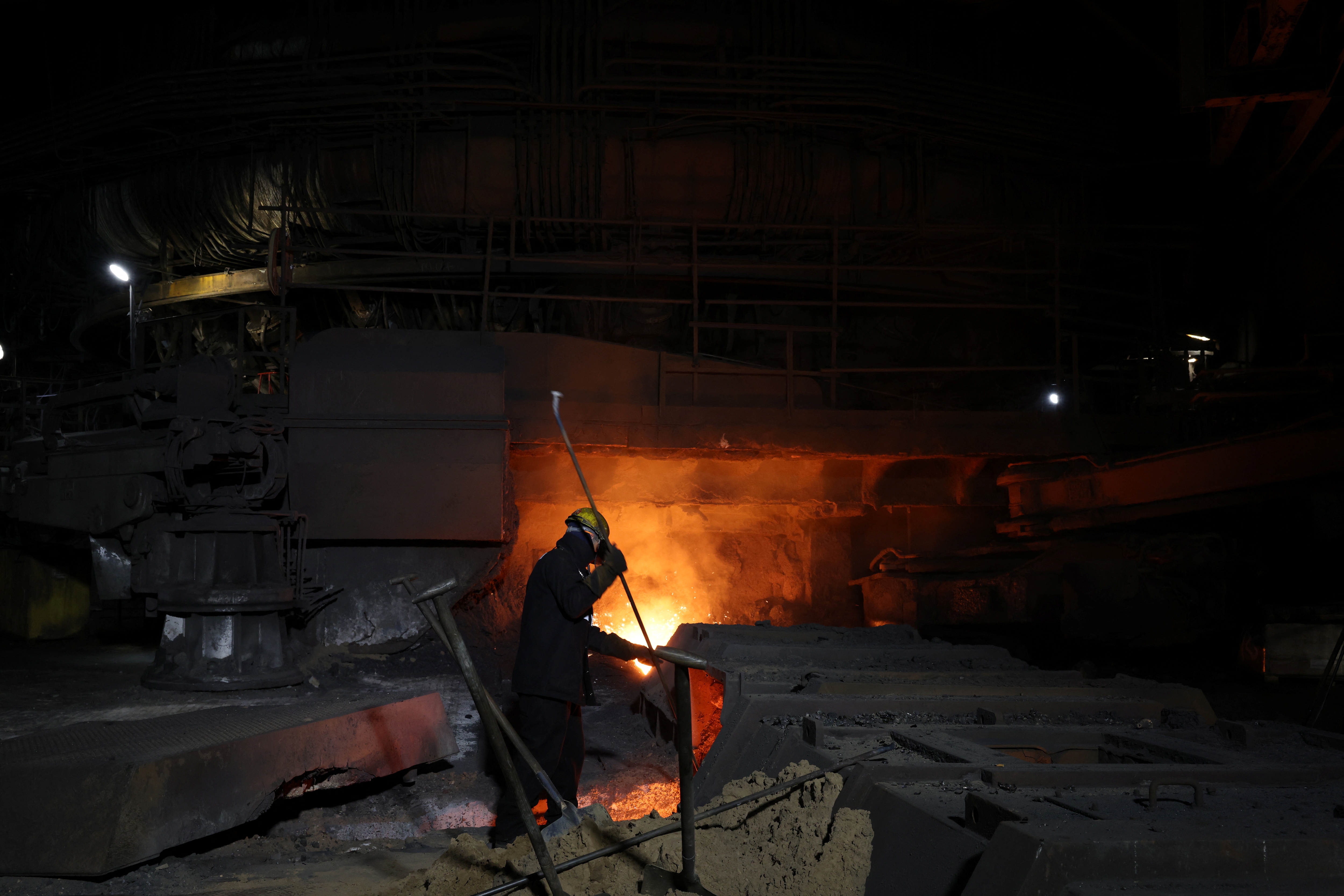
EU Proposes 50% Tariff on Steel Imports: A Bold Move to Reshape Global Trade Dynamics
2025-10-09 @ 00:01
EU’s Bold Steel Tariff Proposal: A Market-Shaking Move That Could Reshape Global Trade
The European Union has just dropped a bombshell that’s sending shockwaves through the global steel industry. The European Commission unveiled a dramatic proposal on October 8th that would slap a massive 50% tariff on most steel imports entering EU markets – a move that doubles the current 25% rate and signals a major shift in the bloc’s trade strategy.
The Numbers Behind the Strategy
Under this aggressive proposal, the EU would severely restrict tariff-free steel imports to just 18.3 million tonnes annually – a staggering 47% reduction from current quota levels. Any imports exceeding this threshold would face the punitive 50% tariff rate, making foreign steel significantly more expensive for European buyers.
The timing isn’t coincidental. This move comes just months after the United States implemented its own 50% global steel import tariff in June 2025, creating a domino effect that’s reshaping international trade dynamics. The EU appears to be following America’s playbook, raising concerns about an escalating global trade war in the steel sector.
Why This Matters for Global Markets
The European Commission’s rationale centers on a stark reality: the EU is currently the only major steelmaking region experiencing declining capacity while facing what officials describe as “unsatisfactory progress” in addressing global structural overcapacity. This imbalance has created an environment where excess steel production from other regions floods European markets, undermining domestic producers.
The proposed tariff structure isn’t just about protection – it’s strategically designed to minimize trade diversion. By implementing barriers similar to those in the United States, the EU aims to prevent itself from becoming an alternative dumping ground for steel exports that can no longer access American markets easily.
Market Calculations and Impact
The EU’s approach to determining the 18.3 million tonne quota reveals careful market analysis. Officials based this figure on 2013 data – a year chosen as representative of normal market conditions before global steel overcapacity became problematic. At that time, imports represented 13% of the EU steel market. Applying this percentage to 2024 consumption levels, excluding banned Russian and Belarusian steel, yields the proposed quota.
This mathematical approach suggests the EU is attempting to restore what it views as historical market balance rather than implementing arbitrary restrictions. However, the dramatic reduction in quota availability means many established trade relationships could face significant disruption.
Winners and Losers in the New Landscape
The proposal creates clear winners and losers across different regions. Norway, Iceland, and Liechtenstein would remain exempt from these tariffs, maintaining their preferential access to EU markets. However, most other countries – including those with existing free trade agreements with the EU – would face these new barriers.
Particularly interesting is the inclusion of “melt and pour” countries in the tariff system. These nations produce raw steel and iron but export semi-finished products to other countries for final processing. By targeting this practice, the EU aims to increase supply chain transparency while preventing circumvention of the new tariffs.
Looking Ahead: Market Implications
The proposal now enters the complex EU legislative process, requiring approval from both the EU Council and European Parliament. This means amendments are possible, and the final version could differ from the current draft. However, the direction is clear: Europe is moving toward more protectionist trade policies in the steel sector.
For global steel markets, this represents a fundamental shift. If implemented, these tariffs could force major steel exporters to find alternative markets or reduce production capacity. The ripple effects could impact everything from construction costs to automotive manufacturing across Europe.
The proposal also raises questions about broader trade relationships. Countries heavily dependent on steel exports to Europe may need to reconsider their industrial strategies, while European steel consumers should prepare for potentially higher input costs.
This development marks a critical moment in international trade policy, with the EU joining the United States in adopting more aggressive protectionist measures. The coming months will reveal whether this approach successfully addresses overcapacity concerns or merely escalates global trade tensions further.




